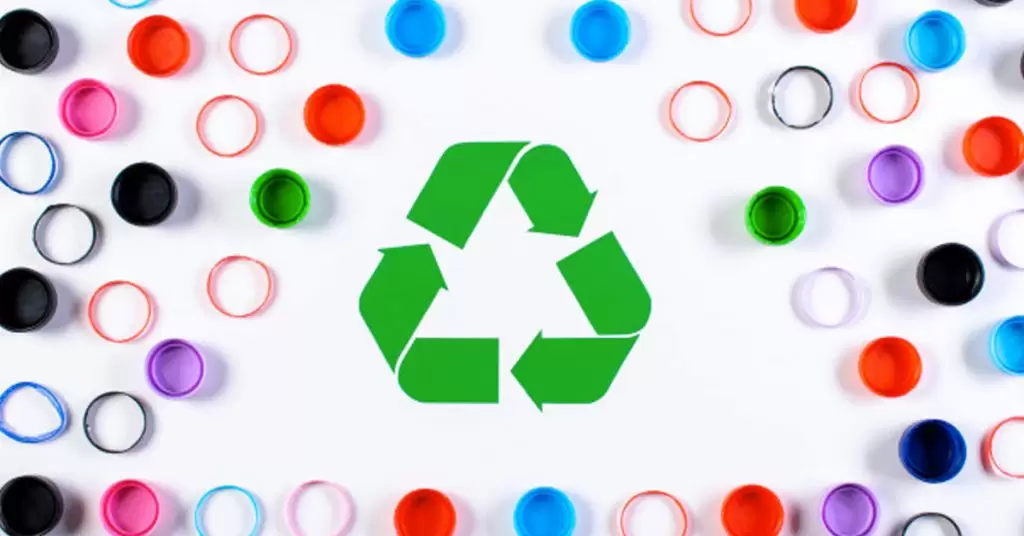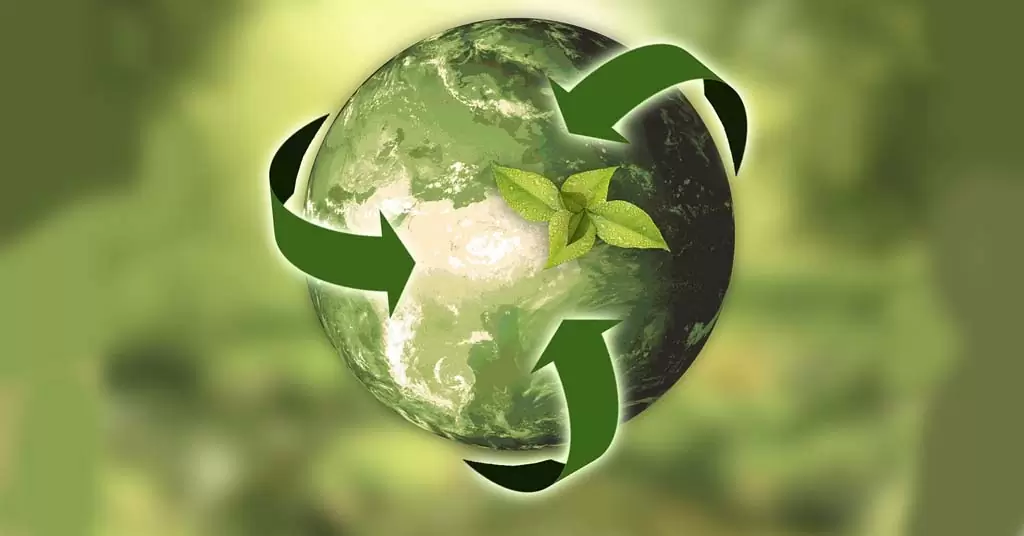The benefits of recycling PET, as well as any other type of material that we use in our daily lives without – without a doubt – a great advantage in the midst of the fight against the use of products that harm the planet.
Also known as PET or PETE, polyethylene terephthalate is a polymer that is widely used in the food industry.
In principle, its characteristics such as its high levels of transparency, durability, safety and very light weight, make it an ideal material for the transport of food and beverages.
In addition, it is a product that can be reused and recycled, making its passage around the planet -even if it is in single-use products- a little less shocking than other types of plastics.
Table of Contents
Main benefits of recycling PET plastic

Recycling of PET plastics is only viable in factories with technological levels, equipped with the necessary machinery to process the material and leave it ready for a new use.
However, this reality does not mean that there are no benefits to recycling PET.
Let’s see what the main advantages of recycling this type of product are:
Efficient use of energy
The first positive impact achieved by recycling PET is to reduce energy consumption in the new plastic manufacturing process.
It is estimated that the energy saving during the manufacture of food packaging from recycled plastics is 80%.
This energy can be redirected to the cities that need it most or to other productive activities.
Less use of raw material
One of the natural products used in the manufacture of polymers, such as PET plastic, is oil.
It has been proven that using a ton of recycled plastic in the manufacture of new packaging saves the same amount of oil.
In other words, for every ton of PET plastics that are recycled, we have a reduction in the use of one ton of oil.
Cleaner air
The PET plastic recycling process involves:
- Reduction in the emission of greenhouse gases, the main suspect of the climate change we are experiencing.
- Reduction of waste going to landfills or being incinerated, as processes used to control human generated waste.
As a direct consequence of these changes, the air in cities will be much cleaner, which increases the health of people living in places with high levels of air pollution.
Cleaner seas and oceans
It is no secret that large amounts of plastic end up in water bodies, polluting seas and rivers everywhere.
The situation is so devastating that there are floating plastic islands with much larger territories in some European countries.
By working to recycle PET plastic, among other types of polymers, it will help reduce waste that ends up in the seas, oceans and rivers.
In this way, we will clean up our bodies of water, reducing the environmental impact of the continued use of such hazardous materials as plastic.
How is PET plastic recycled?

PET plastic, like other polymers, goes through three major steps before it is ready for new products.
- Separation: In this first step, the various types of plastic are separated. The composition, hardness, weight and density are taken into account. The idea is to mix them correctly to obtain a high quality recycled raw material.
- Shredding: Then we go to the process of disinfection and total elimination of impurities, among which are labels and contents of the containers. This process ends with the shredding of the pieces, to obtain a much smaller and more manageable by-product.
- Casting: The polymer recycling process ends with the function of the shredded material From this process, plastic balls are generated, of different sizes, which will go to various production lines of new products.
Types of PET recycling

Currently, two methods are used to recycle PET polymers.
The first technique is chemical recycling. Through this process, various chemicals are used to give a new life to that plastic bottle you used while you were out running.
On the other hand, there is the process known as mechanical recycling. During this type of method, PET is sanitized and shredded to obtain recycled plastic flakes.
In both cases, the by-products resulting from each method go to plastic product factories, giving a new use to the plastics we use daily, generating the benefits of recycling PET that we discussed earlier.
Is it not possible to recycle? Then reuse
Under any circumstance, the ideal is that any product that can be recycled into new products ends up in a recycling plant, after its useful life is over.
However, there are not as many recycling plants as the world needs and in many opportunities plastic ends up in incinerators or landfills, even when you have made an effort to dispose of the material correctly.
In this case, the recommended way to reuse plastic products.
For example, by organizing do-it-yourself sessions with the children of the house – to which they can invite their friends – they could make necklaces, toys, plant pots, decorative objects, among others; from the plastic you have used.
In addition to crafts, you can reuse plastic containers to contain food and beverages that you want to store in your refrigerator.
The recommendation is to verify, before each use, the type of plastic you are using and what use you can give it, if it can be used in the microwave oven or even in the refrigerator.



